5000 years and counting
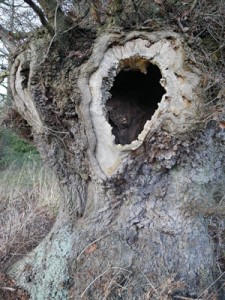
The term ancient or veteran tree is much used by foresters / arboriculturalists. A veteran or ancient tree is ‘defined’ by a number of features : age, size, history, and condition. A veteran tree will usually have a large trunk, often with decay holes, and bark may have been lost. There may be fungal fruiting bodies, together with lichens and mosses (epiphytes); indeed, the tree may support a rich variety of wildlife. This is particularly true of veteran or ancient oaks.
Some veteran or ancient trees have achieved this ‘status’ as a result of being ‘managed’ – that is, through coppicing or pollarding. These techniques modify the ‘normal’ pattern of growth. Species like Sweet Chestnut, Hazel, Willow and even Holly were subject to such management techniques. Holly, for example, was valued as it offered shelter to animals. Woods or groves of holly trees (known as hollins) were not uncommon. It was the practice to lop some of the upper branches from the trees (for the sheep or cattle); this ‘pollarding’ did not harm the tree. Holly, being essentially evergreen, was able to provide some fodder throughout the winter months. In a similar manner, a small leaved lime is to be found at Westonbirt - this is reputed to be 2000 years old. It is actually a clump of trees that have grown from an original that was coppiced. Over many cycles of cutting, the tree has now spread outwards - in a ring of considerable size of many 'trees'.
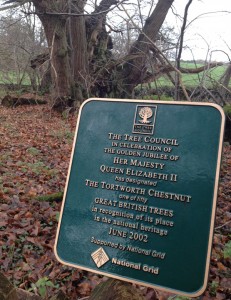 Some species are naturally long lived without human intervention. One of the oldest individual trees is said to be a Norway Spruce. Indeed, the RHS page on this species says that it has a life span of up to a thousand years. One tree – Old Tjikko in the Fulufjällets National Park in Sweden has a root system that is estimated to be 10,000 years old. The aerial part of the tree is much younger – but the tree has survived for so many years due to its capacity for vegetative / clonal propagation / regeneration.
Some species are naturally long lived without human intervention. One of the oldest individual trees is said to be a Norway Spruce. Indeed, the RHS page on this species says that it has a life span of up to a thousand years. One tree – Old Tjikko in the Fulufjällets National Park in Sweden has a root system that is estimated to be 10,000 years old. The aerial part of the tree is much younger – but the tree has survived for so many years due to its capacity for vegetative / clonal propagation / regeneration.
Non-clonal trees of great age include some of the Bristlecones of California, where trees older than 4000 years are encountered. They grow slowly in xeric (dry) and cold conditions at considerable altitude. However, recently it was suggested that a Yew (Taxus baccata) found in Welsh churchyard (St. Cynog’s, Defynnog, near Sennybridge) could be five thousand plus years old. It has been subject to investigation by dendrochronology and DNA analysis. 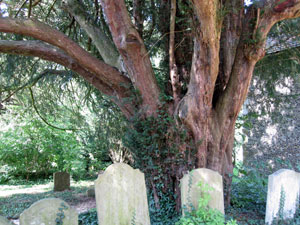
Yews are often found in Churchyards or spiritual / cultural sites* and many are old (500 + years). The Yew at St.Cynog’s is big, being some 60 feet wide. It has split into two with one part being 40 feet wide, and the other twenty feet. The ring count has been recorded at some 120 rings per inch! Yews can split or hollow out - with age or due to the weight of aerial growth, without fungal or bacterial pathogens taking hold, causing disease and destroying the tree. The Fortingall Yew is also of great age.
* The Yew has long had associations with religion, immortality and longevity – for some background information, see
http://www.sacredconnections.co.uk/holyland/fortingallyew.htm
http://www.treesforlife.org.uk/forest/mythfolk/yew.html
Comments are closed for this post.
Discussion
The article is generally about very old trees. But the claim about the Welsh Yew appeared in a book “The God Tree” and it was extensively reported in the press (as per links above: e.g. http://www.express.co.uk/news/uk/487395/Found-yew-The-tree-that-s-5-000-years-old-and-older-than-the-Pyramids), but there is an interesting article here (http://www.ancient-yew.org/userfiles/file/Defynnog%20v4f5.pdf (note pdf downloads and opens) – which suggests a more ‘conservative’ (lower) figure.
Would appreciate more information on tests and results for the Defynnog Yew. The assertion that it is 5000 years old must be elaborated upon in detail as this would be a remarkable find.
I used to live next to the graveyard and I often looked at the tree.
If you were going to ask for a single tree to be planted in honour of your life at your funeral, what would it be? Assuming that it was not going to be maintained or managed, and you could choose anywhere in the UK to plant it?
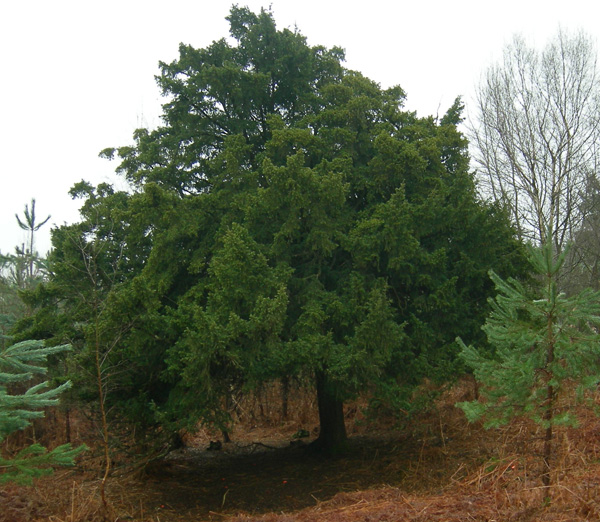
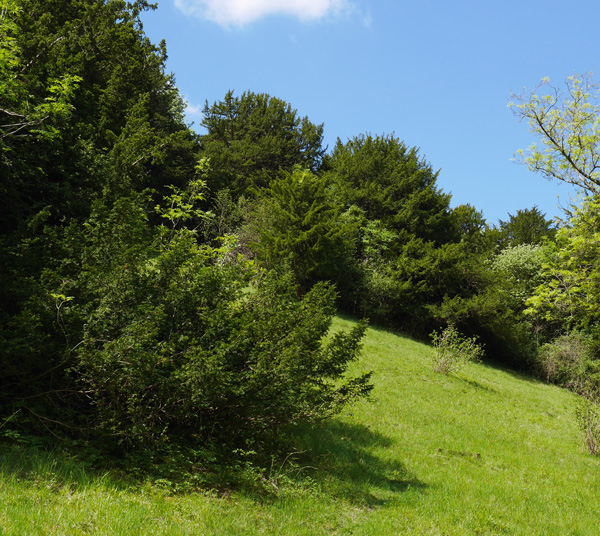

[…] but notoriously long lived. Many are hundreds of years old, and some are thought to be of great age. Estimating the age of a Yew can be difficult as they develop hollow trunks, consequently dating […]
Woodland types :Yew Woodland. | Woodlands.co.uk
17 September, 2015